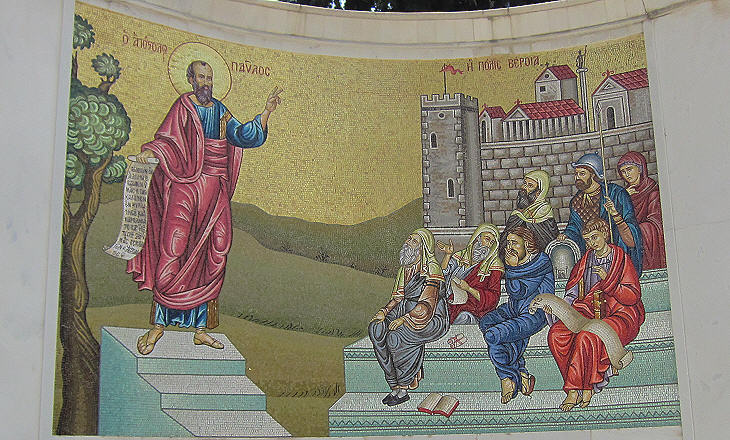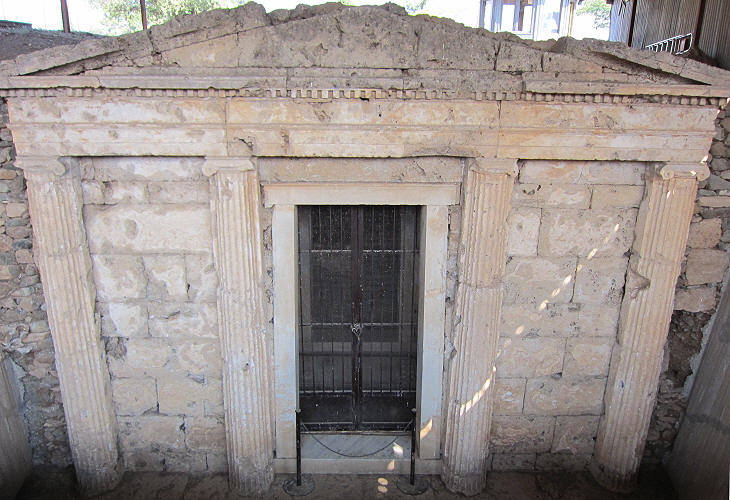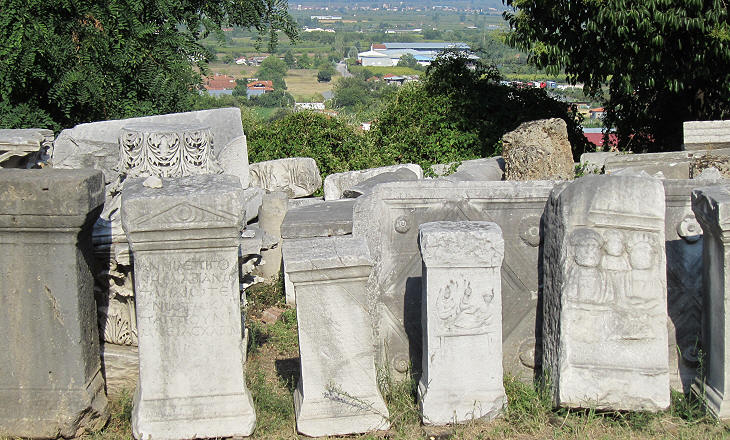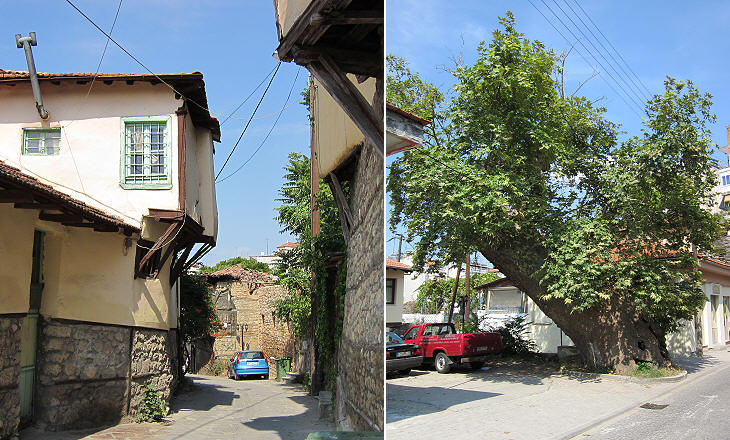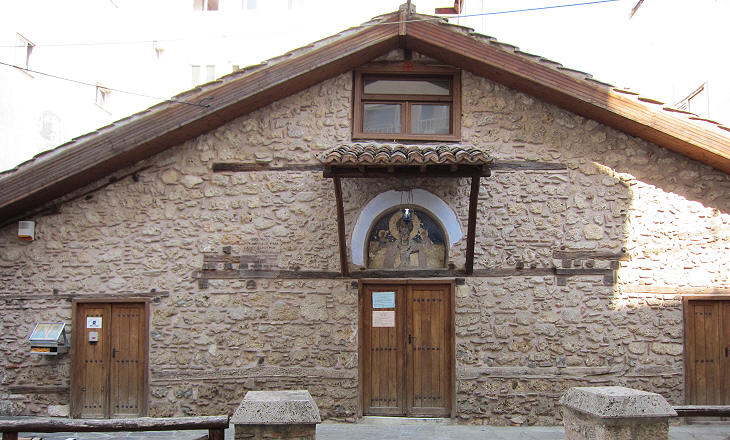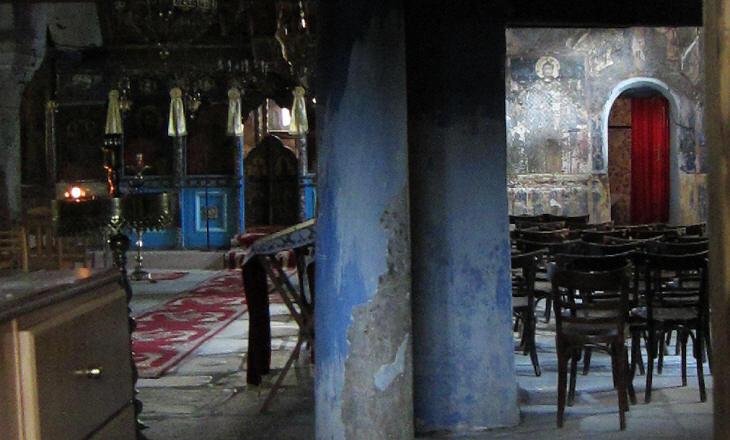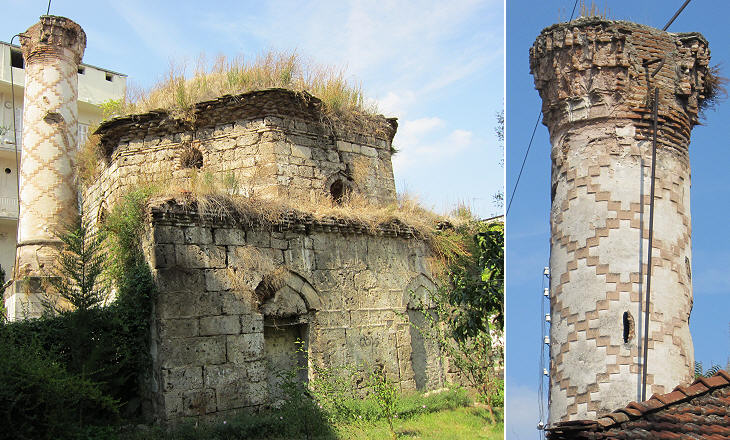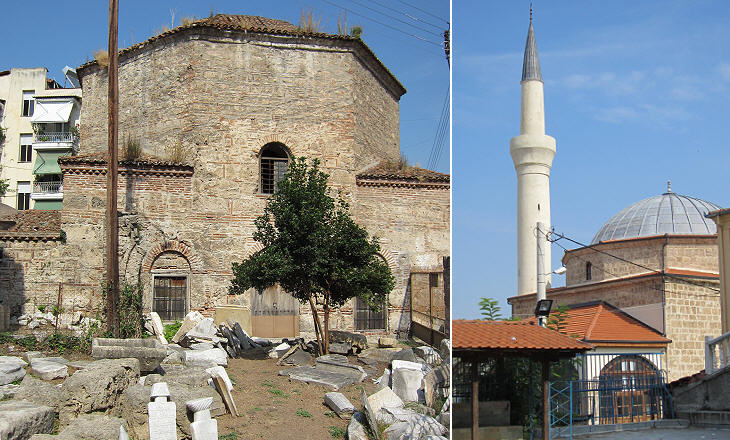  What's New! Detailed Sitemap All images © by Roberto Piperno, owner of the domain. Write to romapip@quipo.it. Text edited by Rosamie Moore. Page added in January 2011. |
 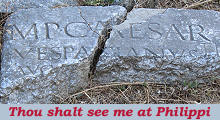 - Veria - Veria(inscription at Philippi)
They (the Bereans) received the word (of St. Paul) with all readiness of mind, and searched the scriptures daily whether those things were so. (Acts of the Apostles 17, 11 King James Bible). Until recently Berea, today's Veria, was mainly known for this quotation and because some American Protestant groups named themselves Bereans to underline the importance they gave to the scriptures.
In 1977 Greek archaeologist Manolis Andronikos unearthed four tombs of members of the Macedonian royal family in a small village south of Veria; the village is named Vergina after a medieval Byzantine princess who lived in Palatitsia, a small palace built upon a larger residence of the ancient Macedonian kings. Professor Andronikos came to the conclusion that one of the tombs which had not been plundered and where he found very elaborate golden crowns was the tomb of Philip II, the father of Alexander the Great; he has left an exciting account of his feelings at the time of the discovery when he realized that he was holding in his hands a golden box containing the bones of the king. The lid of the box was decorated with a sun having sixteen rays, which is today the symbol of Macedonia, a region of the Greek Republic. Recent studies by other archaeologists suggest that King Philip II was buried in one of the looted tombs and that the crowns belonged to one of his sons, a stepbrother of Alexander the Great. The "Treasure of Vergina" was initially displayed at the White Tower of Thessalonica and subsequently in temporary exhibitions throughout the world. The findings were then placed in the Archaeological Museum of Veria; today they are kept inside the reconstructed mound where the tombs were found; it is a very evocative arrangement similar to that of the Chinese tombs at Xian. Greek authorities are very strict in forbidding taking pictures inside the museum, but the Greek Ministry of Culture website provides information and images on Vergina.
An isolated tomb in a mound near Palatitsia gives an idea of the major royal tombs; it was built in the IIIrd century BC, at a slightly later time than those of Philip's family; it had a façade similar to that of a classical temple; in the burial chamber archaeologists found a decorated marble throne and they deduced that the tomb belonged to a Macedonian king or to an important member of the royal family.
When in 54 AD St. Paul visited Veria, after having been to Neapolis (Kavala), Philippi and Thessalonica and before going to Athens, the town housed a Jewish community and this is per se an indication that Veria was a centre of some importance, although it was not touched by Via Egnatia, the main communication road of the region; probably the wealth of Veria was based on farming as it it was located at the southern edge of a large plain.
macédoine is a French word passed into English which indicates a mixture of vegetables or fruit cut into small pieces; the word reflected the existence of many different ethnic and religious groups in Macedonia; until the beginning of the XXth century the population of the district of Veria was composed of Greeks, Turks, Jews and Bulgarians.
After the Ottomans conquered Veria in 1430, its cathedral, which housed many frescoes, was turned into the main mosque of the town, but smaller churches continued to be places of worship for the Greeks who were allowed to build new churches as long as their size and outside appearance did not hurt the feelings of the Muslims.
The Muslim prohibition of representing human beings did not impact on the decoration of the interior of the churches; in some cases the side chapels which belonged to rich families were the most decorated part of the building. In 1912 when Veria was conquered by the Greeks it had 59 churches.
In 1923 an agreement between Greece and Turkey provided for the compulsory exchange of minorities and the Muslims of Veria left the town; their mosques fell into abandonment and the minarets were razed to the ground; a partial exception was made for those which were thought to have some artistic value.
In recent years relations between Greece and Turkey greatly improved and in the same period a certain number of migrants of Muslim faith (such as many Albanians) settled in Veria. Authorities have allowed the restoration of a mosque and the construction of a typical Ottoman "lancet" minaret. Other pages of this section: Thessalonica Philippi Kavala Kastoria Clickable Map of the Ionian and Aegean Seas with links to other locations covered in this website (opens in a separate window) SEE THESE OTHER EXHIBITIONS (for a full list see my detailed index). 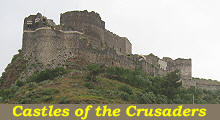  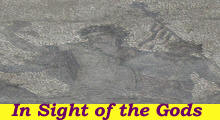 |
